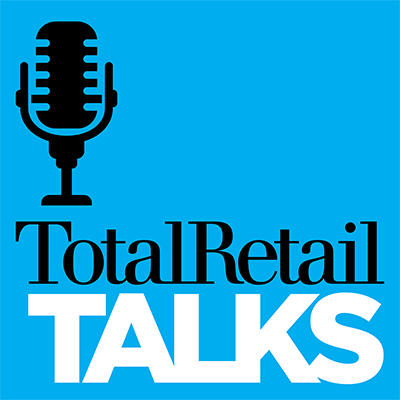Personalized commerce experiences have long been the holy grail for retail and consumer packaged goods (CPGs) companies. As consumers now expect to interact and purchase from companies via an array of touchpoints, it’s now more important than ever for brands to provide a seamless and cohesive omnichannel digital experience, no matter how customers start or finish their journey.
Digital-first businesses are already pushing these boundaries and delivering hypertailored experiences for customers — with individual loyalty schemes that reward spending, intelligent recommendations that match previous purchases, and connected in-store and digital strategies to help to meet the needs of modern consumers.
And for many customers, personalization is no longer just a perk, it’s a must-have. Research shows that 71 percent of consumers expect companies to deliver personalized interactions, and 76 percent are frustrated when this doesn’t happen.
But as retailers and CPG companies try to respond to changing customer expectations and prevent more nimble competitors from gaining market share, many are being held back by monolithic commerce platforms. Unable to keep up with ever-changing preferences and new consumer demands, businesses can lose further ground to the competition as the management costs of legacy architecture eats away at innovation budgets.
It can be easy for retailers and CPG companies to fall into the trap of just keeping the lights on with a monolithic e-commerce platform. But long term, the cost of not acting to change this could be significant, as retailers are unable to offer agile, innovative features and capabilities.
What can they do?
Enter Composable Commerce
A composable commerce approach makes it possible for businesses to select the most suitable commerce components for their needs, providing them with a highly flexible and customized e-commerce technology stack.
Composable commerce represents a more thorough approach to headless commerce. Both involve decoupling the frontend infrastructure from the backend, and then using APIs to drive communication between the two. But with a composable approach, APIs manage the communication between frontend and backend, while connecting different backend microservices.
This approach provides greater flexibility for retail and CPG organizations when building a tech stack, allowing companies to create a structure capable of delivering the modern customer experience. What are the other benefits of composable commerce for retailers and CPG providers?
- Break Free From Vendor Lock-In: With a composable commerce architecture, retailers aren’t locked into monolithic systems from one provider. Instead, they can select ideal solutions, as well as add, modify or remove functionalities without being constrained by a specific vendor.
- Faster deployment: Composable commerce lets retailers launch new digital experiences tailored to the customer, quickly. Modular architectures let brands quickly combine and re-combine components to launch new experiences at unmatched speeds. With composable building blocks, they can make changes to the backend without any frontend interference.
- Scale flexibly: Composable architecture automatically scales without negatively impacting the performance of the business. Flexibility empowers teams to experiment and innovate faster with less downtime, and composable building blocks make scaling seamless so brands can adjust to demand peaks flexibly. Modular components auto-scale, enabling unlimited growth unhindered by monolithic systems.
- Reducing costs: Composable commerce offers an escape route to one-size-fits-all legacy systems that are expensive to upkeep. Instead, it enables the purchase of just the components retailers need to refresh their customers’ digital experiences. Assembling the ideal stack from modular building blocks reduces costs. Composable architecture empowers brands to optimize spending on the perfect combination of technologies.
- Deliver better digital experiences: Some retail and CPG companies are already using composable commerce to drive benefits. For instance, global brand Dr. Oetker rapidly enhanced customer journeys by adopting an agile, interconnected architecture. In leveraging composability to implement relevant microservices and touchpoints, Dr. Oetker created tailored digital experiences for users. This composable approach increased session durations 57 percent by facilitating continuous customization focused on user needs.
What Does the Future Look Like?
Composable commerce is expected to grow significantly in the coming years as more and more businesses ditch monolithic platforms to adopt best-of-breed technologies, improve digital experiences for customers, and reduce IT costs.
In order to fully take advantage of composable commerce, retailers and CPG companies need to ensure they have a futureproof CMS foundation. By decoupling from a monolith and moving to a content federation approach, businesses can power product catalogs, pages, translation and promotions, while also delivering personalized and localized experiences at scale by aggregating data from CRM, marketing tools and automation platforms.
The technology and tools are available; it’s now up to businesses to compose the experiences that will delight customers and their bottom lines.
Michael Lukaszczyk is the co-founder and CEO at Hygraph, the first GraphQL native headless CMS.
View Original Article



















